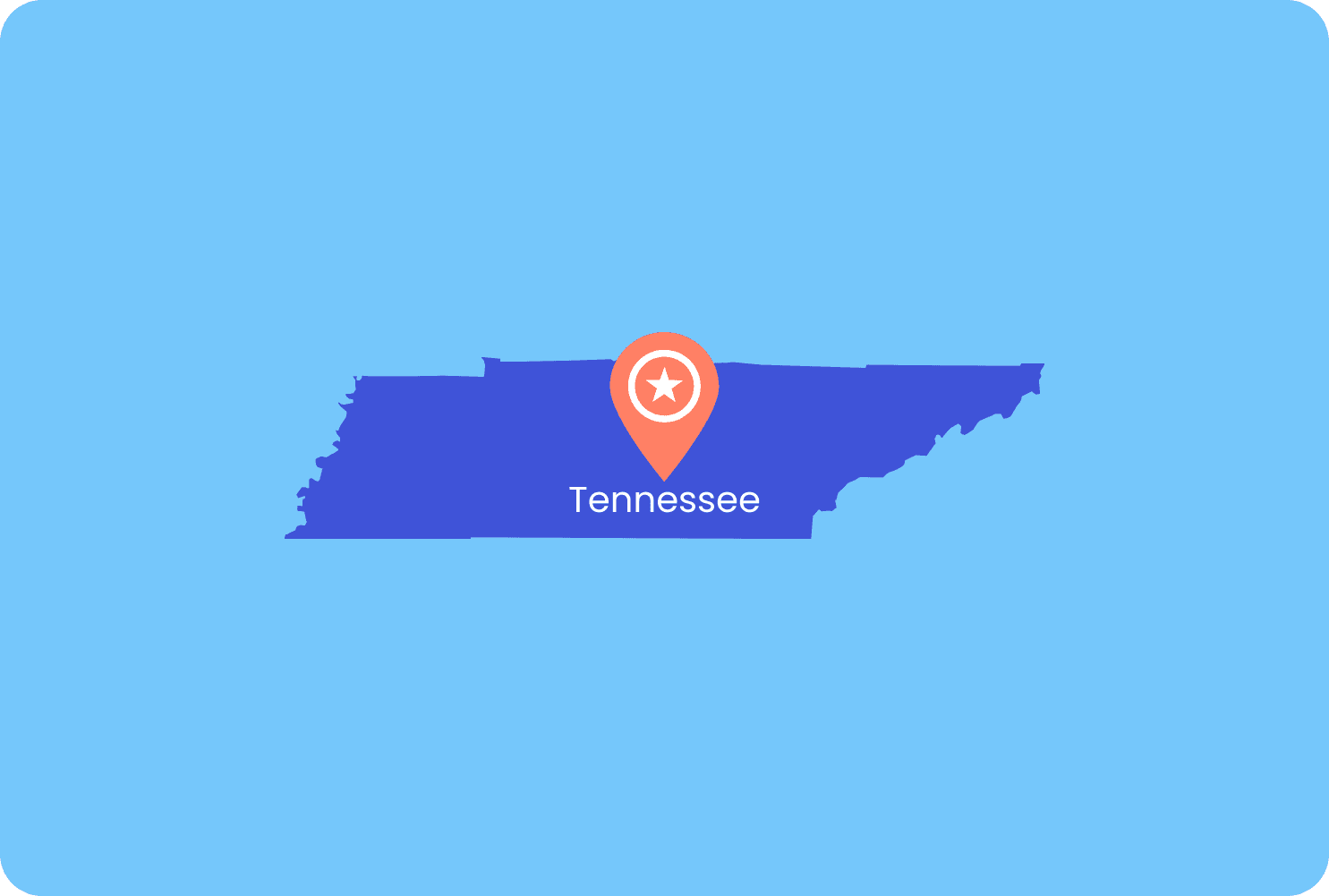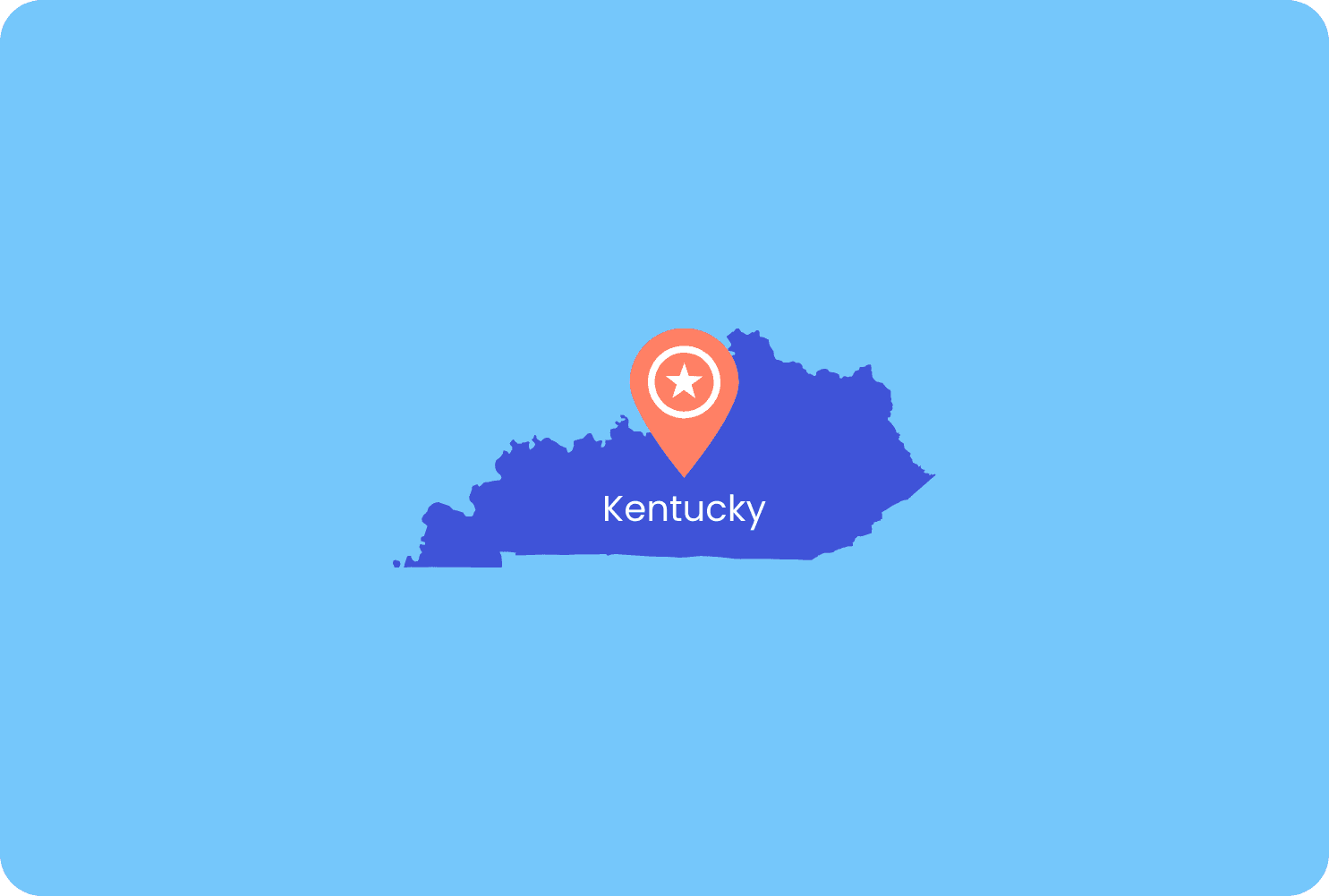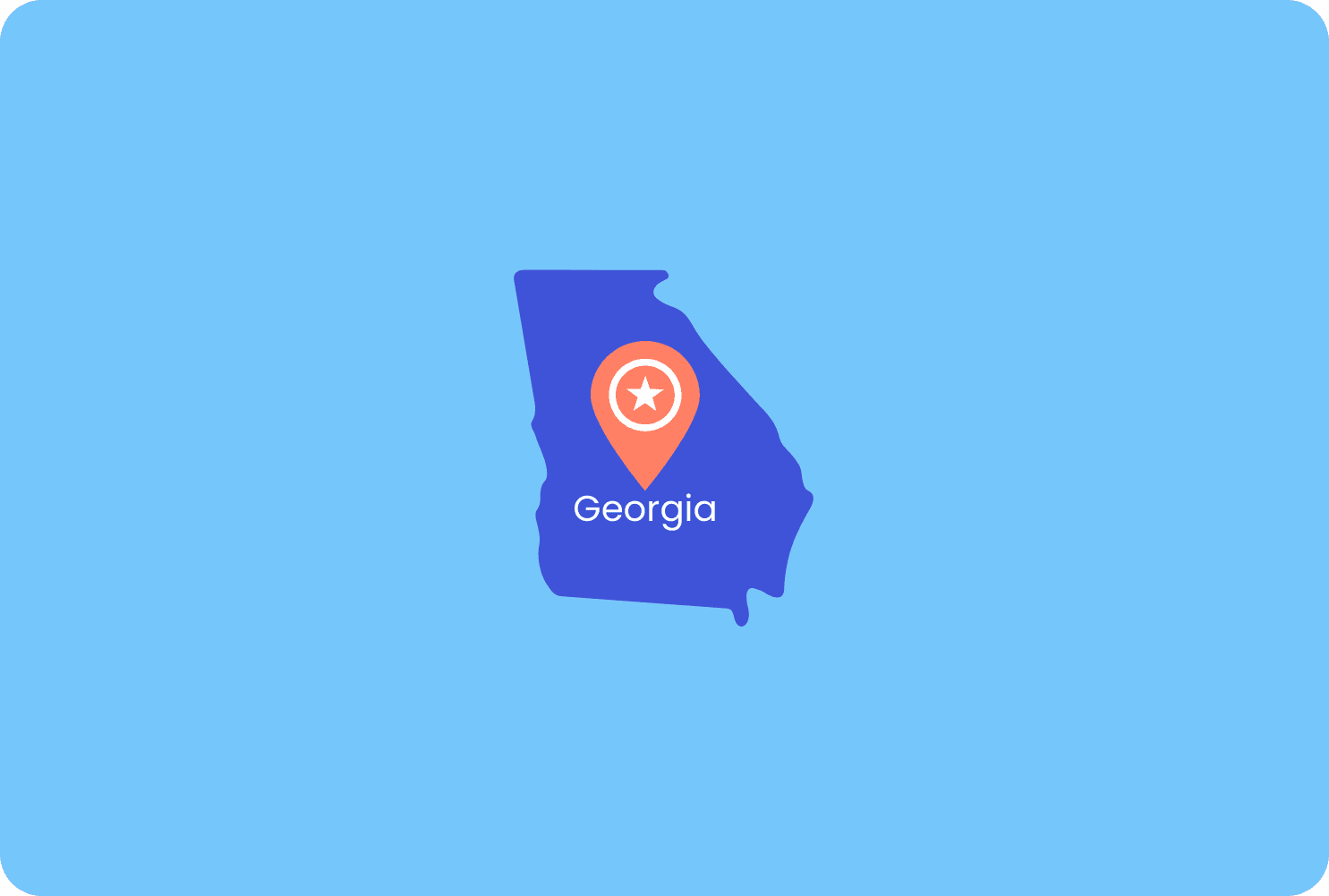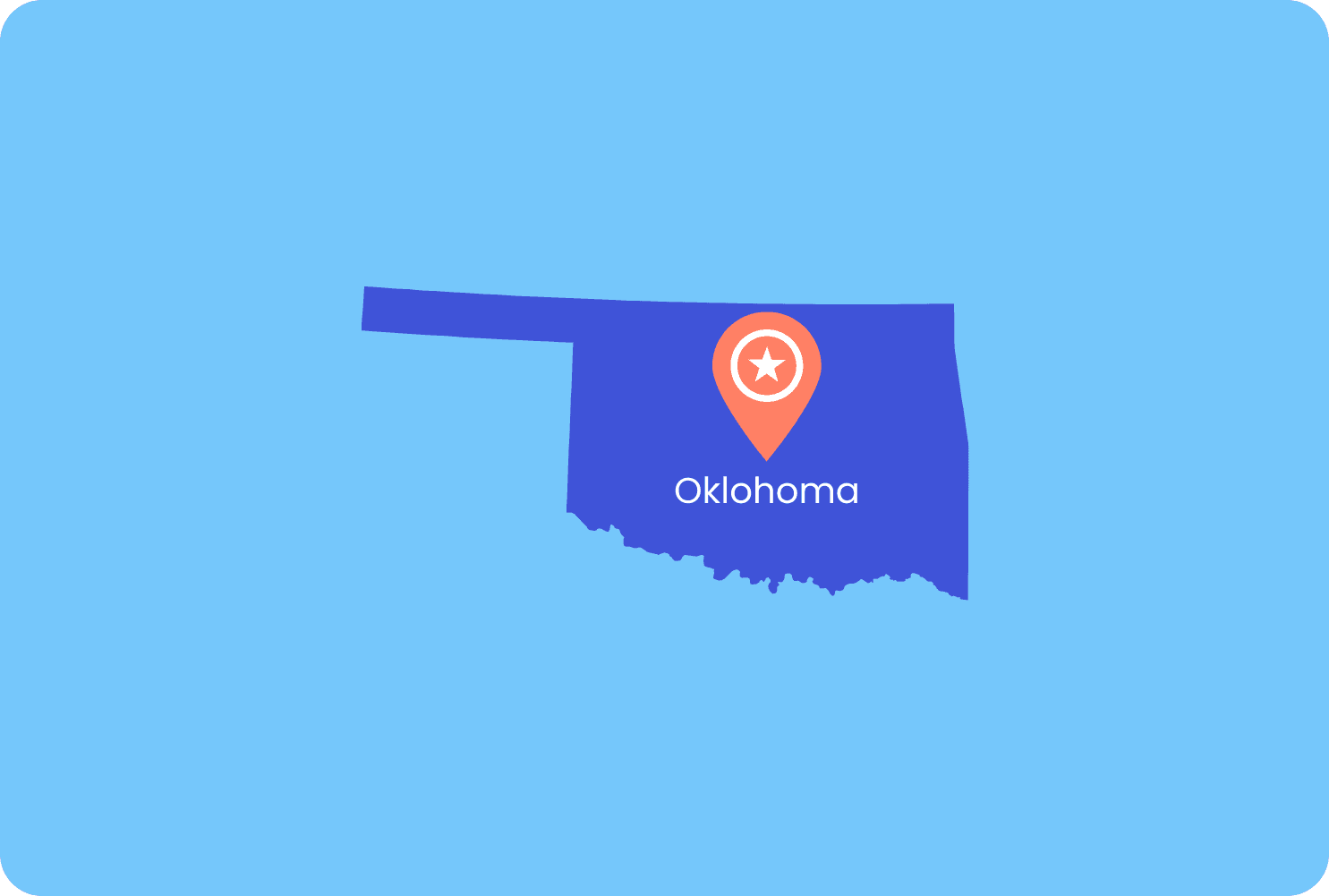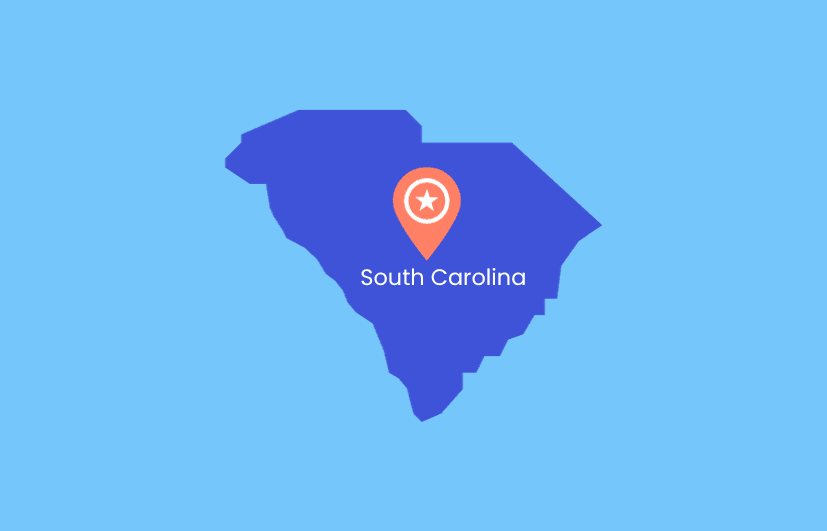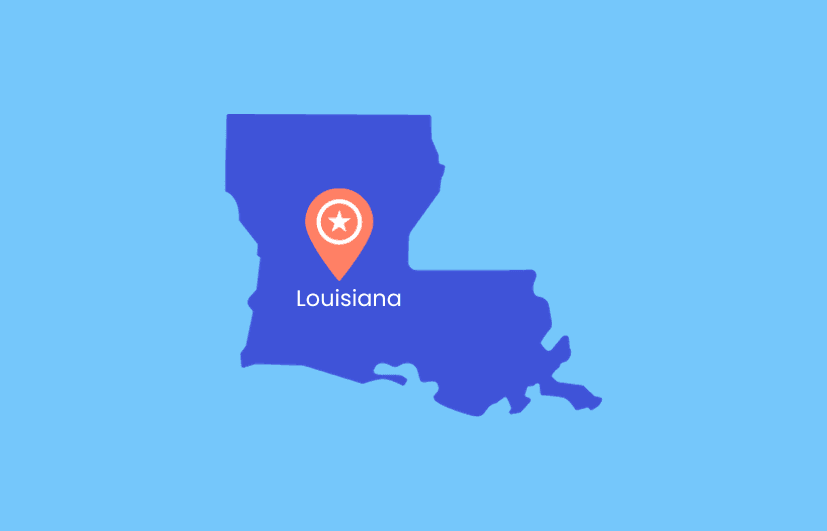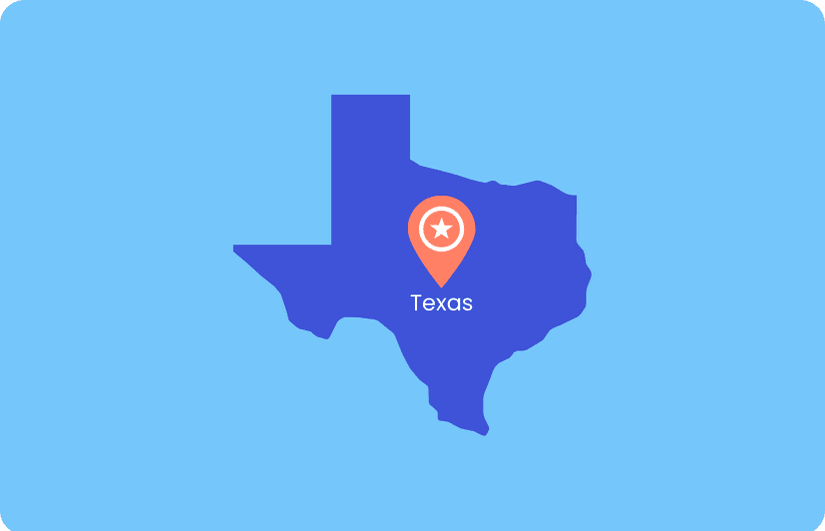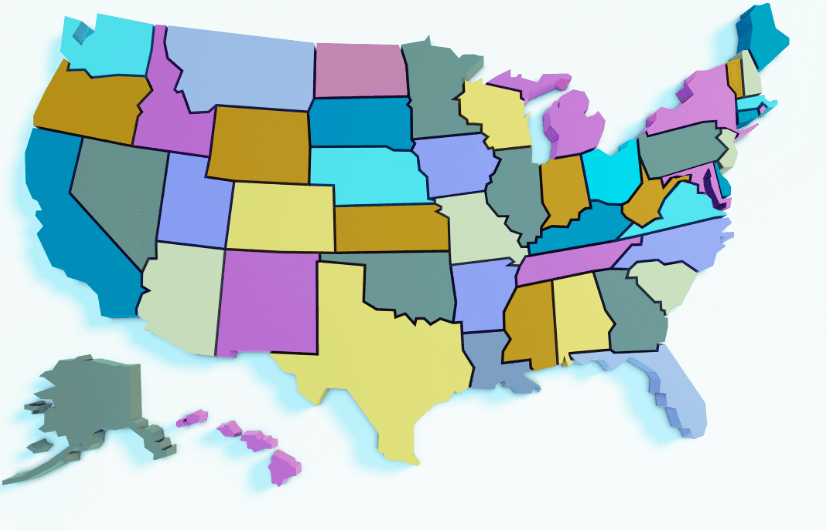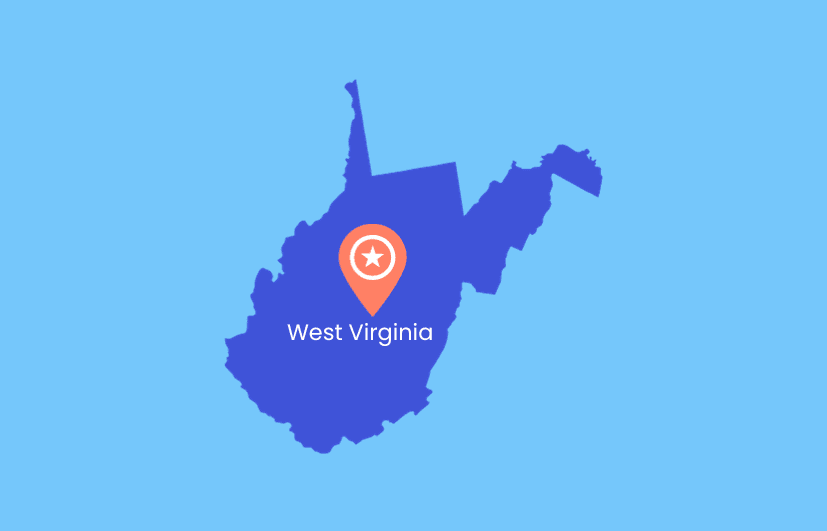Navigating the Maze of Medical Debt in California

Navigating the maze of medical debt in California can be overwhelming, but understanding your options and resources can help you manage and reduce your debt effectively. Here are some key steps and tips to help you navigate this process:
1. Understand Your Medical Bills
- Request Itemized Bills: Ensure you receive detailed, itemized bills from your healthcare providers to understand exactly what you are being charged for.
- Review for Errors: Carefully review your bills for any errors or charges for services you did not receive. Common errors can include duplicate charges or incorrect billing codes.
2. Negotiate with Healthcare Providers
- Contact Billing Departments: Reach out to the billing departments of your healthcare providers to discuss your bill. Explain your financial situation and ask if they can reduce the charges or offer a payment plan.
- Financial Assistance Programs: Many hospitals and healthcare providers in California have financial assistance or charity care programs for patients who cannot afford to pay their bills. Inquire if you qualify for any of these programs.
3. Utilize State Resources
- California's Hospital Fair Pricing Act: This law requires hospitals to provide reduced rates to uninsured patients who qualify based on their income. Make sure to ask the hospital if you are eligible under this act.
- Medi-Cal: California's Medicaid program offers health coverage for low-income individuals and families. If you are eligible, Medi-Cal can cover many of your medical expenses.
4. Seek Legal and Advocacy Help
- Health Consumer Alliance (HCA): This organization provides free assistance with health insurance and medical debt issues. They can help you understand your rights and navigate the healthcare system.
- Legal Aid Societies: Legal aid organizations in California can provide free or low-cost legal advice and representation for individuals dealing with medical debt.
5. Debt Settlement and Consolidation
- Debt Settlement Companies: Consider working with a reputable debt settlement company that can negotiate with your creditors to reduce the amount you owe.
- Debt Consolidation: This involves combining all your medical debts into a single loan with a lower interest rate, making it easier to manage your payments.
6. Know Your Rights
- Fair Debt Collection Practices Act (FDCPA): This federal law protects you from abusive and unfair debt collection practices. Know your rights and what debt collectors are legally allowed to do.
- California’s Debt Collection Laws: California has additional protections for consumers, such as the Rosenthal Fair Debt Collection Practices Act. Familiarize yourself with these laws to ensure your rights are protected.
7. Consider Bankruptcy as a Last Resort
- Medical Bankruptcy: If your medical debt is overwhelming and you see no other way out, filing for bankruptcy may be an option. This can provide relief from your debts, but it should be considered a last resort due to its long-term impact on your credit.
Resources
- Health Consumer Alliance: Health Consumer Alliance
- Medi-Cal: Medi-Cal Website
- California Department of Managed Health Care: DMHC
- Legal Aid Societies in California: Find Legal Help
By understanding your options and utilizing available resources, you can effectively navigate and manage your medical debt in California.
Read similar articles


Not convinced you love us. We love a challenge.
Your satisfaction is guaranteed. Learn more about our Refund Policy.


